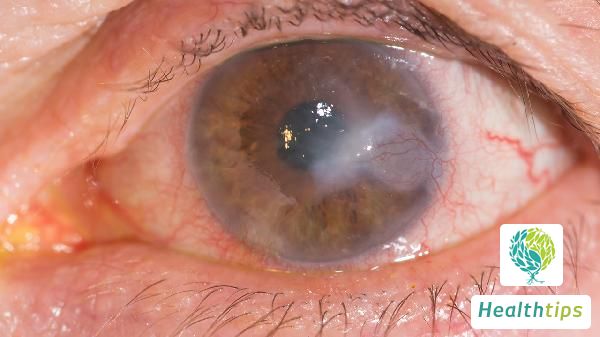"What are some folk remedies for treating bone spurs?"
Patients with bone hyperplasia often experience knee joint pathologies, particularly those who are obese, as their increased weight burdens the knee joints, leading to heightened wear and tear. What are some folk remedies for treating bone hyperplasia? Here are a few:

Folk Remedy 1:
Use an appropriate amount of fresh radish (based on the patient's condition, around 0.5kg to 1.5kg). Slice the fresh radish into thin strips and cut ginger into small pieces. Place them in a pot with 1 to 3 bowls of water and bring to a boil. For bone hyperplasia affecting hands and feet, directly immerse the affected area in the pot. For other areas, strain the radish strips and ginger pieces, and place them in a cloth bag while still warm. Ensure the bag is not too hot and does not drip. Apply this warm bag to the affected area for 30 minutes, once to twice daily, replacing the ingredients each day.
Folk Remedy 2:
Mix 4 white snakes, 72g of Weilingxian, 36g of each of Danggui, Tuguan, Xuejie, Tougucao, and Fangfeng. Grind these into a fine powder and sift. Take 3g of this powder twice daily with boiling water.
Folk Remedy 3:
Cut mulberry wood into strips and a cow bone into small finger-thickness pieces. Prepare a bowl of vinegar. Build a small fire and place the mulberry wood and cow bone on it, possibly using a wire mesh to elevate them. When the fire is hot, apply vinegar to the affected area and hold it over the fire for roasting. Ensure the vinegar is roasted before placing the affected area on the fire. Take a break from the heat if the pain becomes unbearable. Roast for 1 hour each time, with a total of 4 sessions.
Causes of Bone Hyperplasia:
1. Pathological Factors:
Irregular cartilage damage, subchondral bone sclerosis, cysts, marginal osteophyte formation, increased metaphyseal blood flow, and varying degrees of synovitis are common causes of bone hyperplasia.
2. Biochemical Changes:
Decreased proteoglycan content (concentration), altered molecular size and aggregation, and abnormal changes in collagen fiber size, arrangement, and synthesis and degradation of matrix macromolecules contribute to bone hyperplasia.
3. Histological Factors:
Early cartilage surface rupture, chondrocyte proliferation, longitudinal fissures on the cartilage surface, crystal deposition, cartilage repair, osteolipoma formation, cartilage sclerosis, cartilage loss, and focal subchondral bone necrosis are histological manifestations.
4. Biomechanical Factors:
Decreased elasticity, compressibility, shear resistance, and permeability of articular cartilage, along with increased cartilage hydration and excessive swelling, lead to subchondral bone sclerosis.
5. Nutritional Factors:
The fundamental cause of bone hyperplasia is calcium deficiency, which is a result of stress reaction.



















